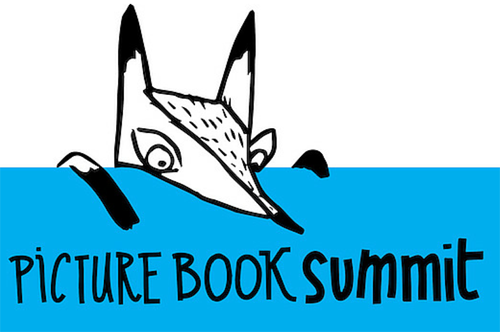Piquing Agent & Editor Interest Without Giving Away the Farm
 Crafting a compelling pitch is an essential skill for any picture book author. It is the single most important part of your submissions package to agents and editors for publication consideration. A well-written pitch will spark an agent or editor’s interest, making them eager to read your manuscript.
Crafting a compelling pitch is an essential skill for any picture book author. It is the single most important part of your submissions package to agents and editors for publication consideration. A well-written pitch will spark an agent or editor’s interest, making them eager to read your manuscript.
But what exactly is a pitch, and how do you create one that stands out?
What is a Pitch?
A pitch, also known as an elevator pitch, hook, or logline, is a brief synopsis of your picture book. It’s a 1-3 sentence summary that captures the essence of your story without giving away too much. Think of it as your story’s “trailer”—it should be intriguing and leave the audience wanting more.
Why is a Pitch Important?
The purpose of a pitch is to pique an agent or editor’s interest in your work. It shows them that you write well and gives them a taste of what they can expect in your story. Most importantly, it entices them to want to read your full manuscript.
Where and How is a Pitch Used?
The pitch is the key component of a query letter, and is also used when pitching agents and editors via submission forms, at social media pitch parties, or during in-person meetings or discussions about your manuscript. Post-publication, the pitch is also used to promote the book to booksellers and the media.
Crafting an Effective Picture Book Pitch
An effective pitch should be clear, concise, and compelling. It should introduce your hero, their goal, the obstacles they face, and hint at the story’s theme without revealing the entire plot. Remember, your pitch is your first impression—make it count!
 Expanding Your Pitch’s Impact
Expanding Your Pitch’s Impact
To ensure your pitch has the greatest impact, ask yourself the following questions: What emotional journey does the hero undergo? What lessons are learned? What resonance or relevance does the story have for today’s reader? Why does the market need another story on this subject? This kind of focused enrichment can add value and make your pitch—and thus your book—much more appealing.
Testing Your Pitch
Before finalizing your pitch, test it out on colleagues or friends who are unfamiliar with your story. Their feedback can be invaluable in determining whether your pitch grabs attention as intended. Additionally, practicing your pitch out loud, perhaps in a writers’ group or workshop setting, can help refine its phrasing and impact.
Examples of Successful Pitches
Analyzing successful pitches can provide insights into what works. Look at bestsellers in the picture book category and study how they distill complex stories into a single compelling sentence. This exercise can inspire you to find the most striking aspects of your own story.
In the competitive world of picture book publishing, a strong pitch can be your ticket to success. Take the time to craft a pitch that showcases your story’s unique qualities and leaves agents and editors eager to read more.

Want more help with picture book pitches? Grab our FREE Picture Book Summit Pitch Formula HERE!






2 Responses
Thanks so much. This year was my first Picture Book Summit and it was fantastic. I love that although the online conference for 2024 has come and gone, its founders are still offering attendees support and guidance. If I can only attend one conference again next year, it will be Picture Book Summit.
This means so much to us, Teddie! Thank you!! We look forward to seeing you again next year!